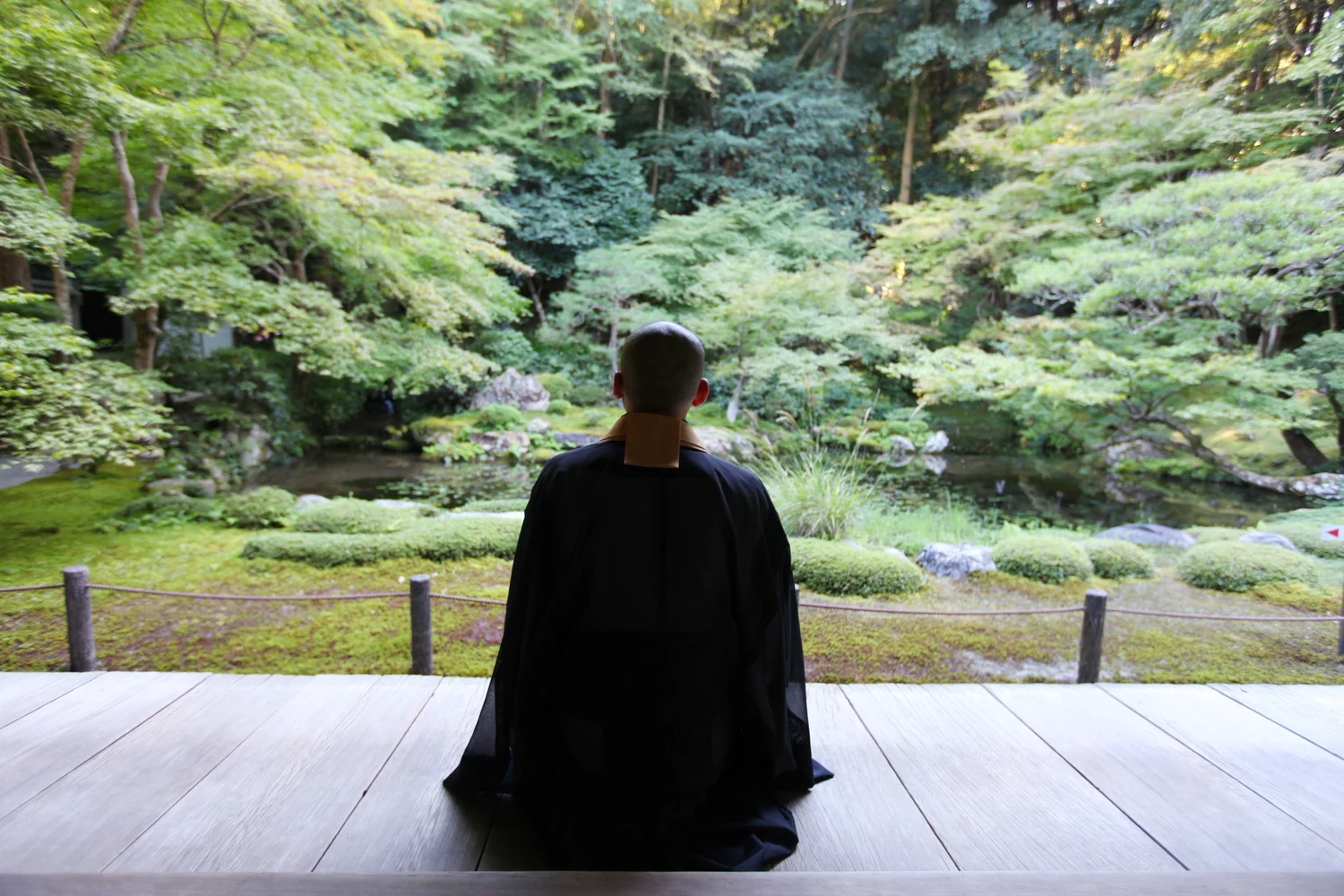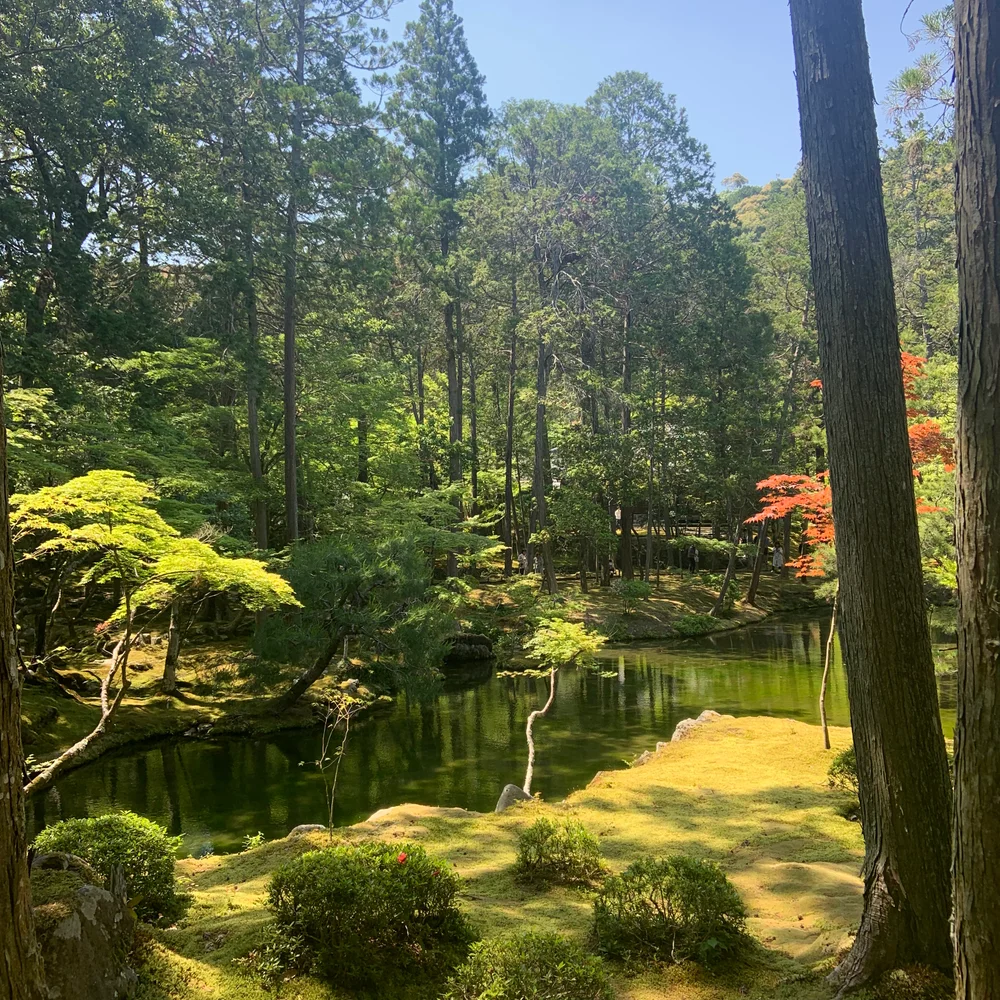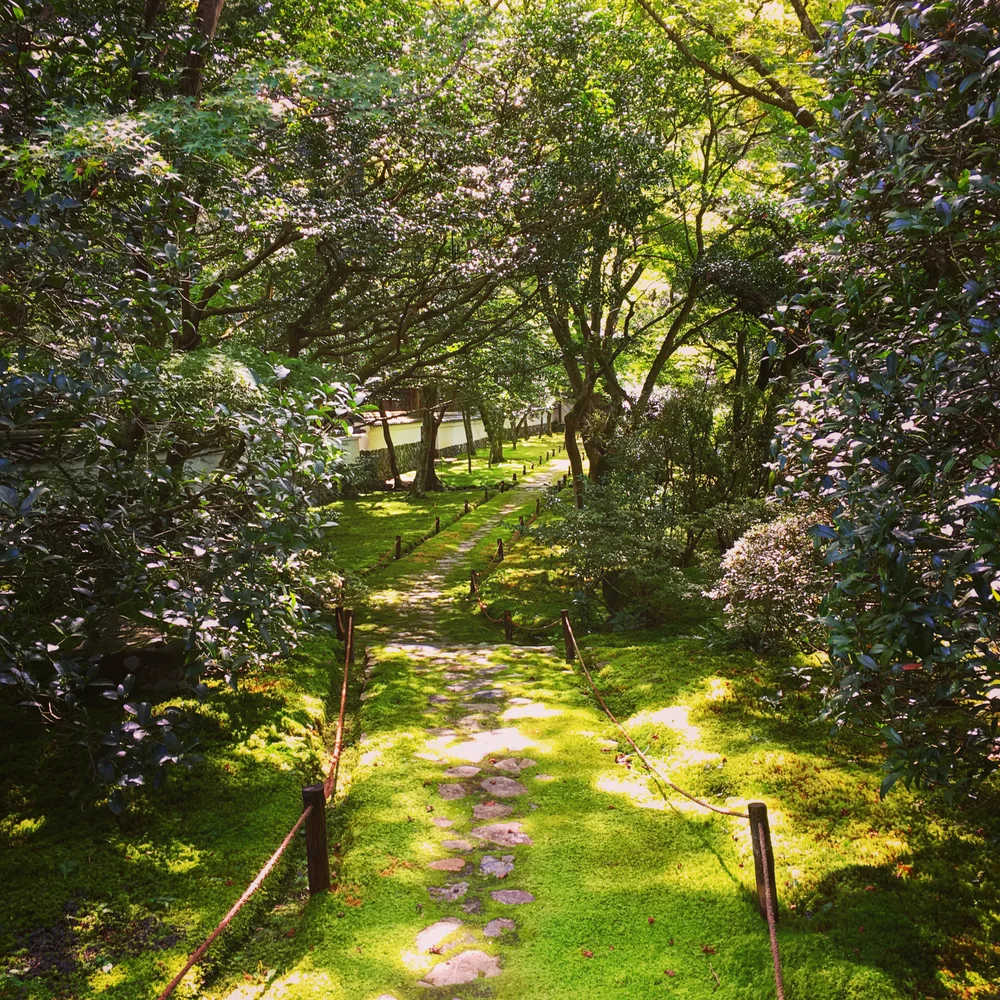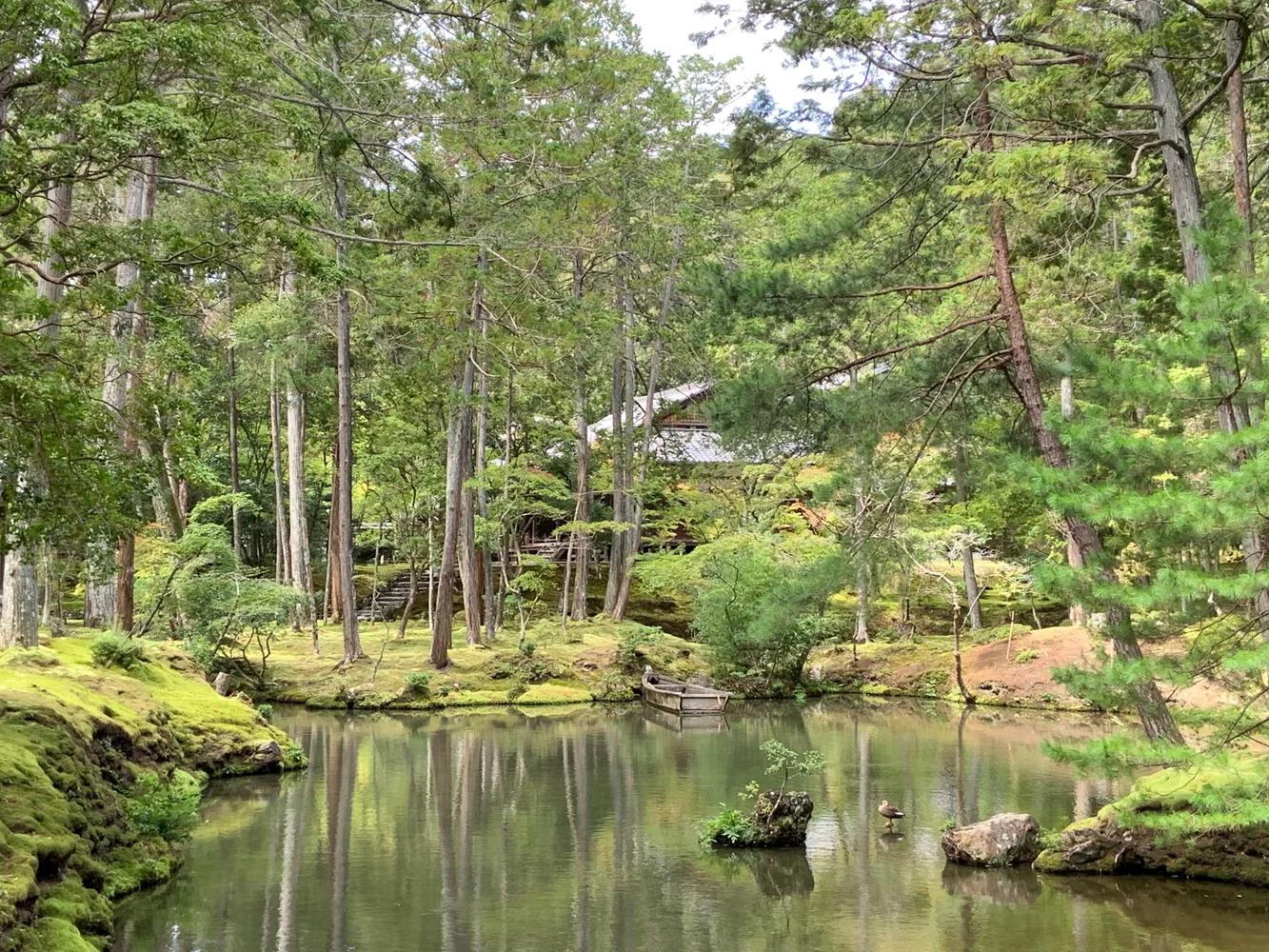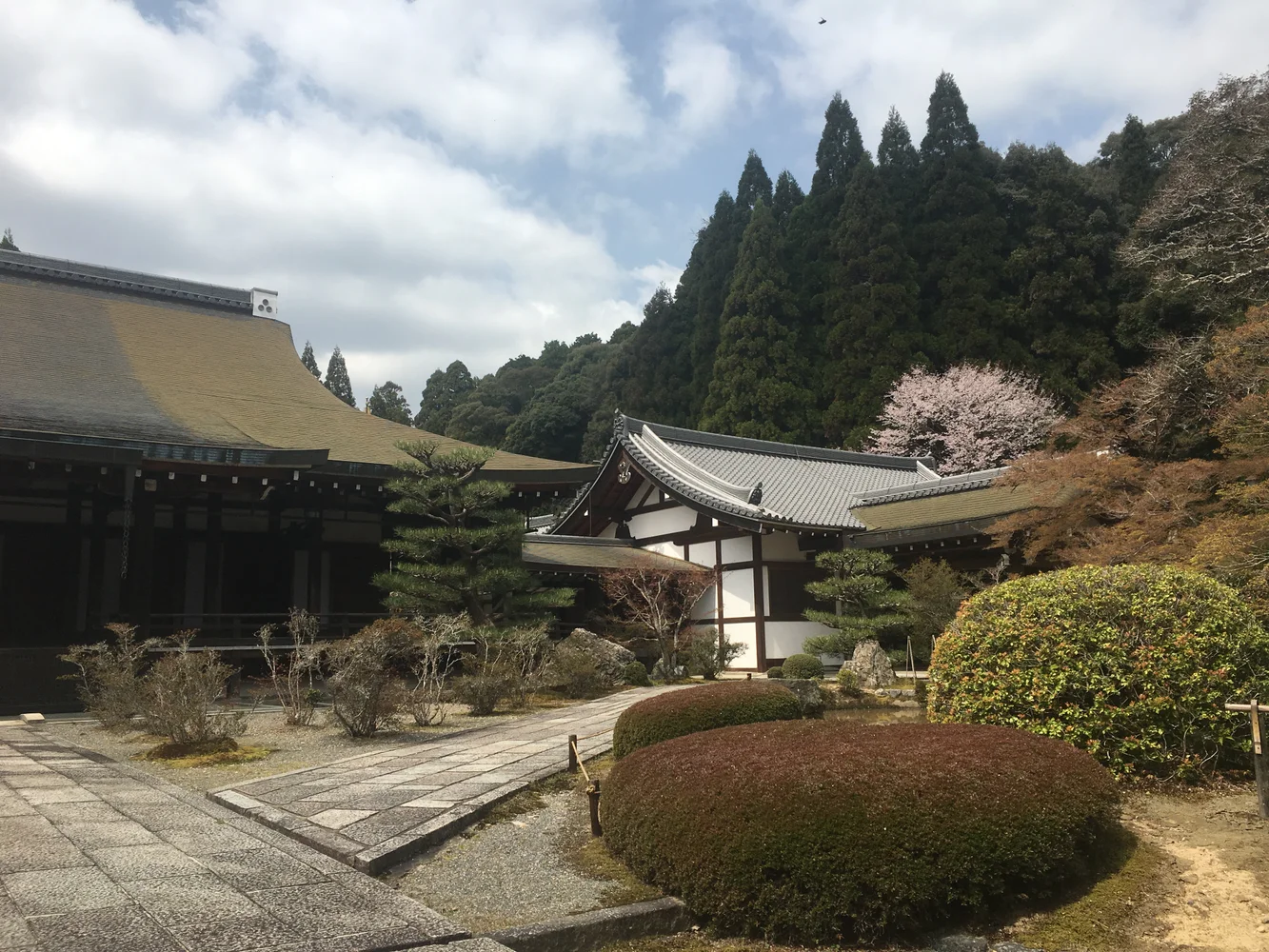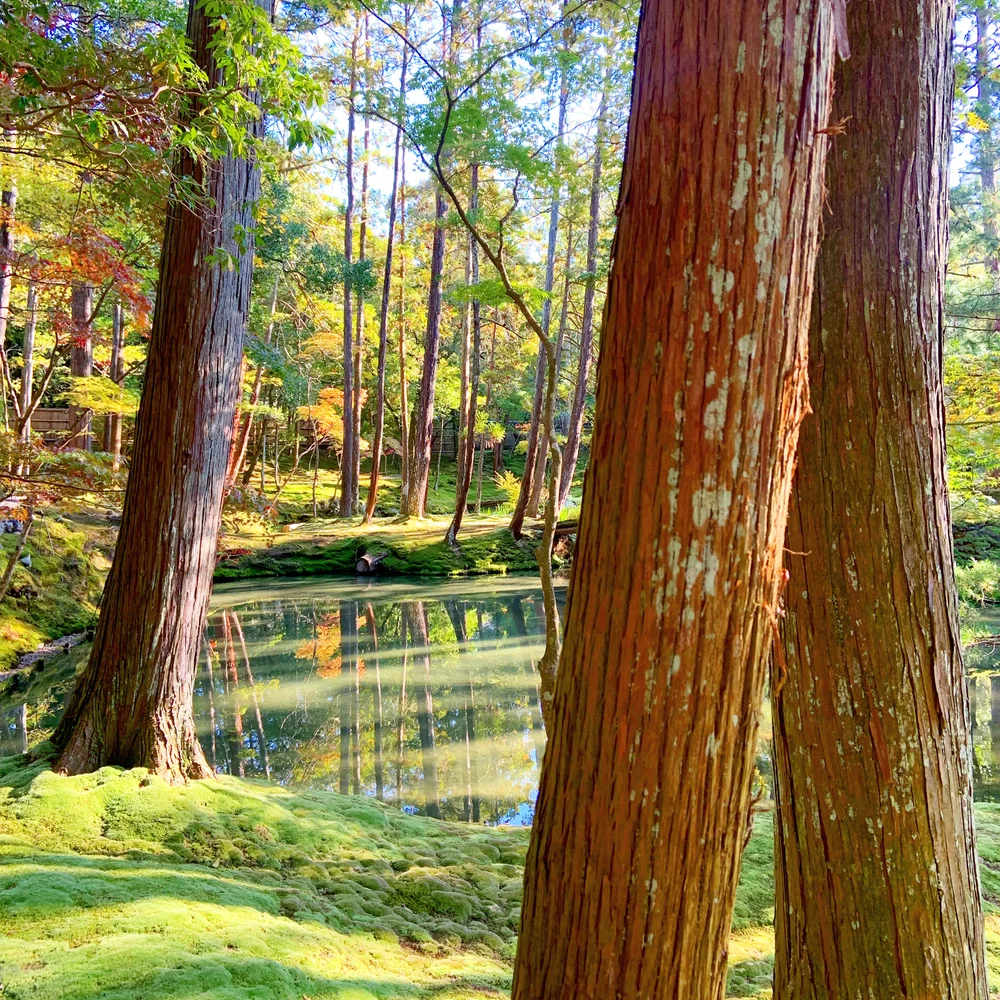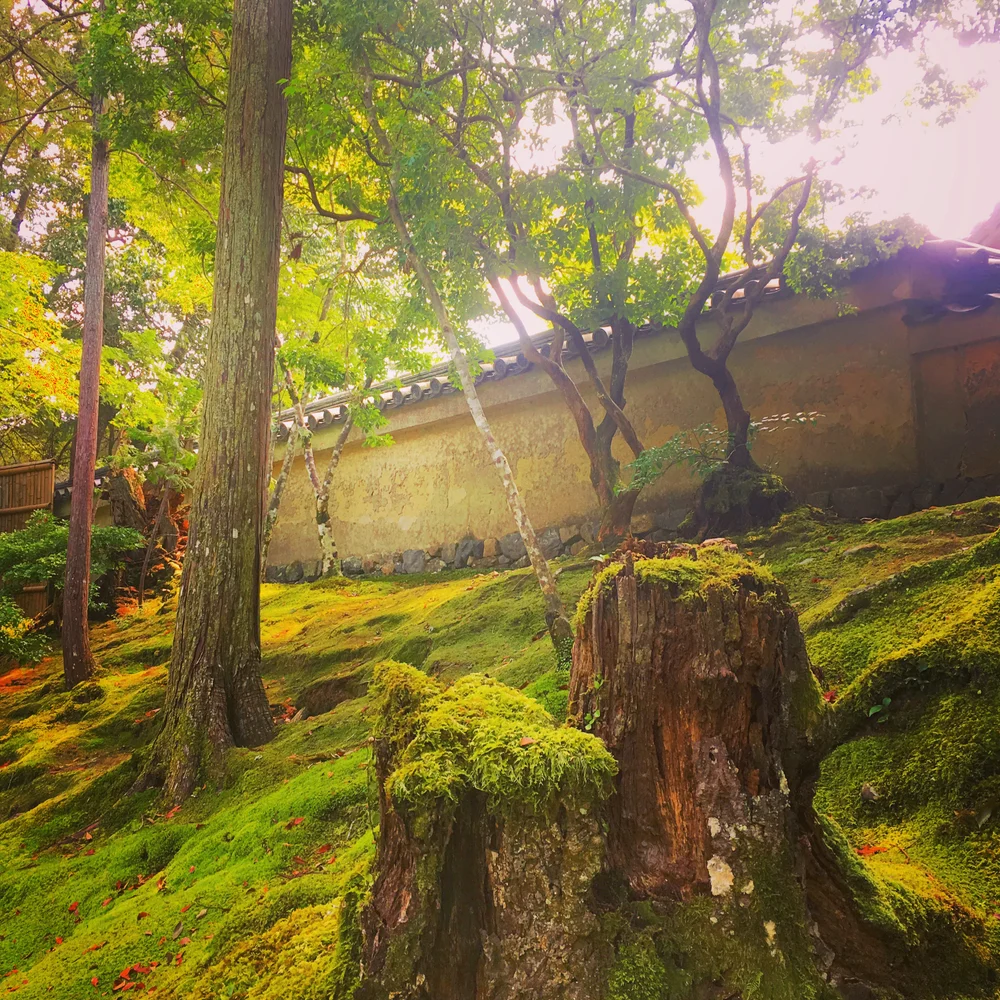Saiho-ji Reservation (Moss Temple) and West Kyoto Historical 1-Day Tour
Overview
Visit Saihoji temple, known as the moss temple in Kyoto registered in the UNESCO World Heritage site. An experienced tour guide will show you around the garden of Saihoji temple and other historical sites in Kyoto.
The tour is scheduled as below:
9:30 — Meet at Hankyu Kami-Katsura station
10:00 — Saihoji temple
12:00 — Lunch in Arashiyama
13:00 — Togetsukyo bridge, Tenryuji temple
14:30 — Bamboo forest, Okochi sanso villa
16:30 — End of the tour
As this is your private tour, the rest of the day other than Saihoji temple can be customized, and please feel free to request us if you would like to visit any specific place in Kyoto.
Highlights
- Walking tour to Saihō-ji, a Rinzai Zen Buddhist temple!
- Have a great river and mountain view from Togetsukyo bridge
- Explore Tenryuji temple, another beautiful garden made by Muso Soseki.
- Walk through bamboo grove and visit Okochi sanso villa, which owned by a movie star in 20th century.
